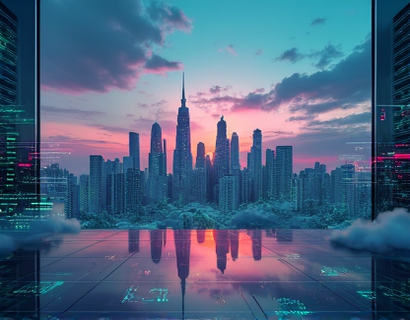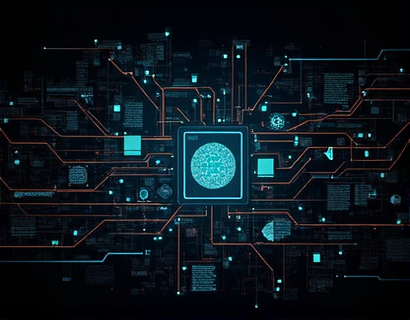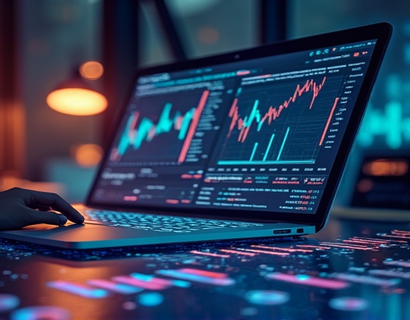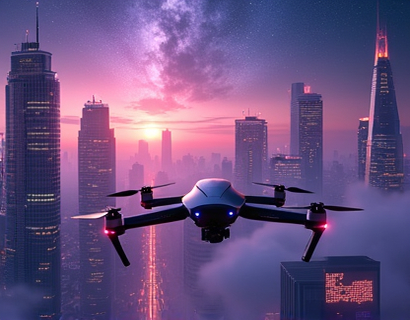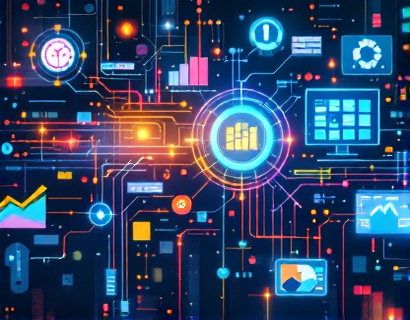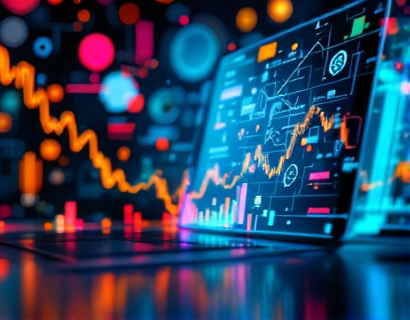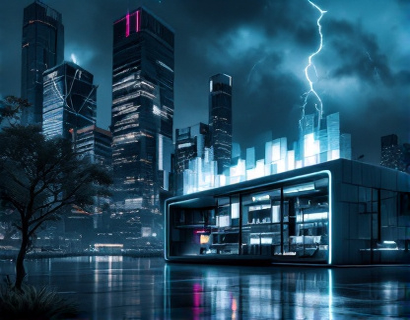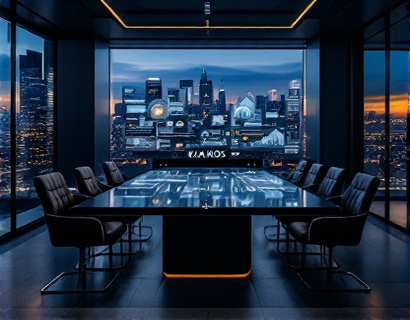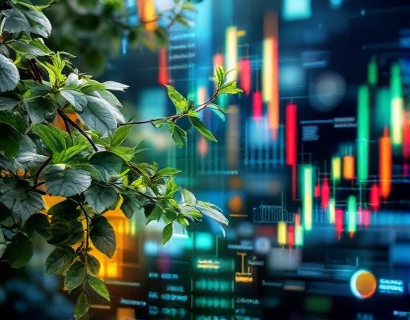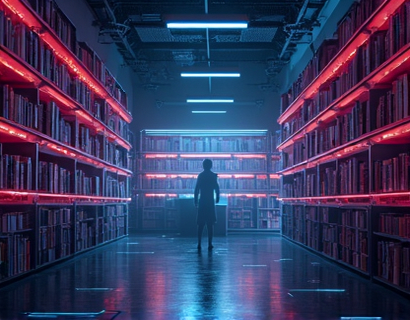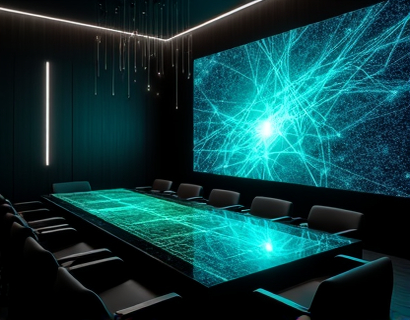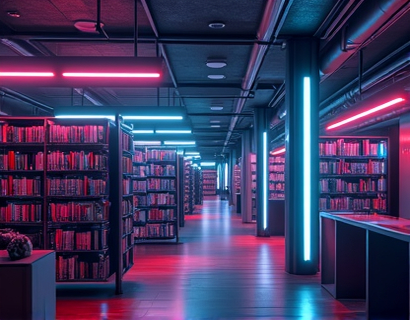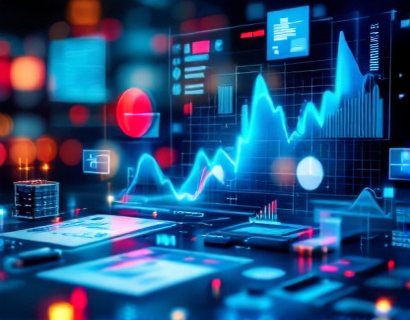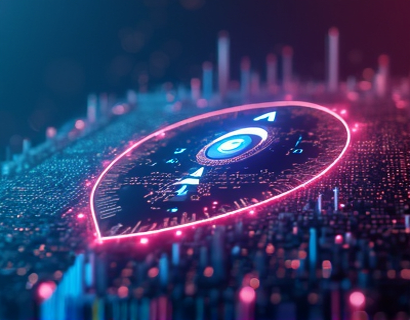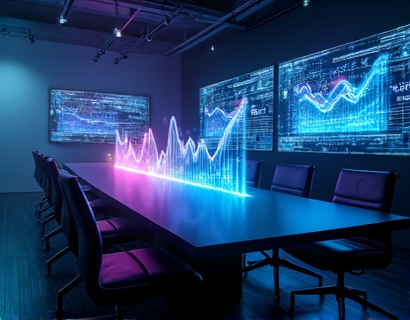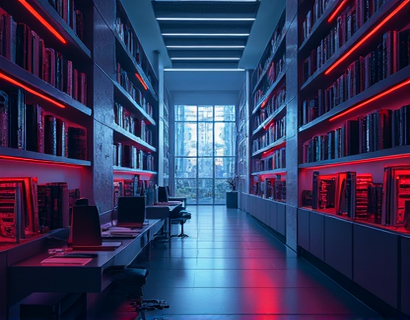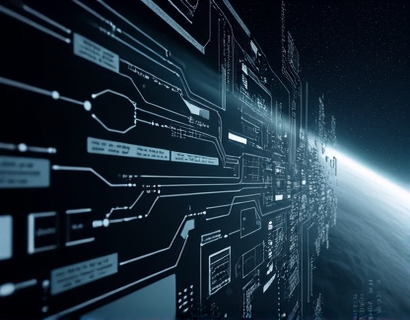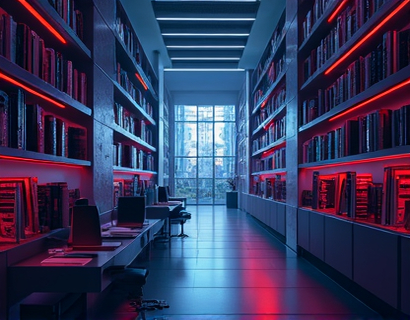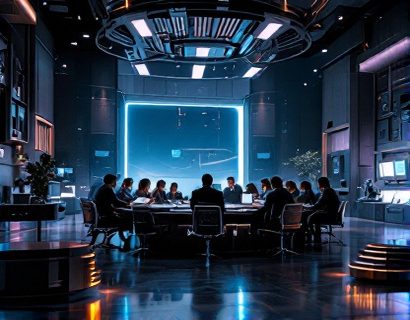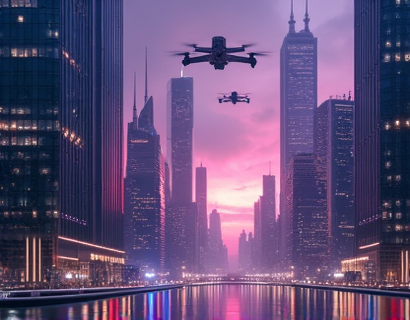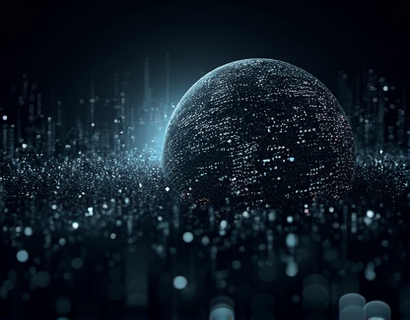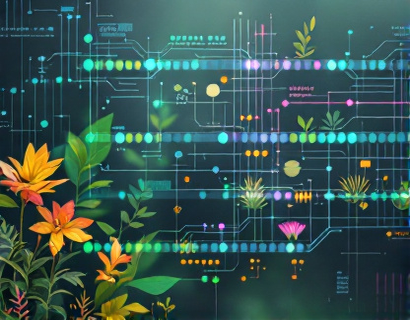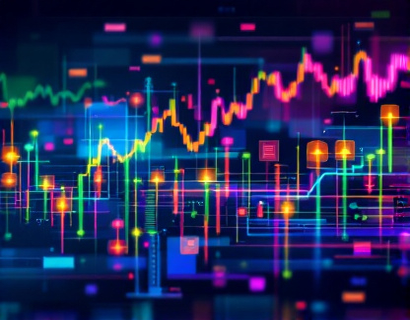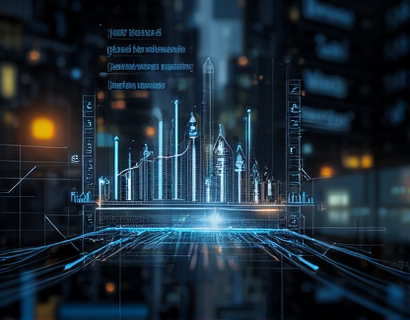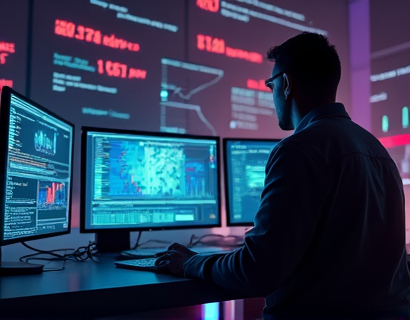Transforming Physical and Digital Assets into Enchanted Digital Collectibles
The digital age has ushered in a new era of creativity and innovation, where physical and digital assets can be transformed into captivating digital collectibles. This journey of digital metamorphosis opens up a realm of possibilities for individuals and communities to express themselves, enhance the value of their possessions, and engage in a vibrant digital ecosystem. By leveraging cutting-edge online solutions, users can embark on an exciting path of digital transformation, turning their unique items into mystical digital artifacts that resonate with a global audience.
The concept of digital collectibles is not new, but the methods and platforms available today have evolved significantly. These collectibles can range from digital art and rare in-game items to scanned physical objects and personalized avatars. The allure of digital collectibles lies in their uniqueness, scarcity, and the emotional connection they foster. Whether it's a digital version of a cherished photograph, a 3D model of a favorite toy, or a custom digital artwork, these items hold a special place in the hearts of collectors and enthusiasts.
One of the key advantages of transforming physical and digital assets into digital collectibles is the enhancement of their value and appeal. Physical items, when digitized, gain a new life in the digital world, accessible to a broader audience and less susceptible to physical degradation. This process not only preserves the item's essence but also amplifies its potential value. For instance, a rare coin or a vintage postcard can be scanned and converted into a high-resolution digital image, complete with detailed metadata and provenance, making it a sought-after digital collectible.
The digital transformation process involves several steps, each designed to ensure the highest quality and authenticity of the final collectible. First, the asset must be captured in high resolution, whether through scanning, photographing, or 3D modeling. This step is crucial as it forms the foundation of the digital collectible. Advanced imaging techniques and high-quality equipment are employed to capture every detail, ensuring that the digital version is a faithful representation of the original.
Once the asset is captured, it undergoes a series of post-processing steps. These may include color correction, noise reduction, and enhancement to bring out the best features of the asset. For 3D models, this phase involves texturing, lighting, and rendering to create a lifelike and immersive experience. The goal is to create a digital asset that not only looks stunning but also maintains the integrity and character of the original.
After the asset is prepared, it is time to assign it a unique identity within the digital collectible ecosystem. This involves creating a digital certificate of authenticity, which includes information such as the asset's origin, creation date, and any relevant history. Blockchain technology plays a pivotal role in this step, providing a secure and transparent way to verify the authenticity and ownership of digital collectibles. Each collectible is assigned a unique digital token, ensuring its scarcity and value.
Once the digital collectible is created, it can be stored in a digital wallet or portfolio, accessible via the online platform. This digital repository serves as a personal gallery where users can manage, showcase, and trade their collectibles. The platform often includes features such as customizable profiles, social sharing options, and community forums, fostering a sense of community among digital collectible enthusiasts.
Engaging with a community of like-minded individuals is a significant benefit of transforming assets into digital collectibles. These communities provide a space for sharing knowledge, showcasing creations, and collaborating on new projects. Users can learn from each other's experiences, gain insights into the latest trends and technologies, and find support and inspiration. The collective wisdom and creativity of the community can lead to innovative ideas and new forms of digital expression.
The digital transformations enabled by these online solutions extend beyond personal collections to broader creative and economic opportunities. For artists and creators, digital collectibles offer a new medium for expression and a platform to reach a global audience. Digital art, once limited by physical constraints, can now be experienced in virtual galleries, augmented reality environments, and interactive installations. This expansion of mediums opens up new avenues for artistic exploration and commercial success.
In the realm of gaming and virtual worlds, digital collectibles have become a significant economic force. Rare in-game items and unique digital assets can be bought, sold, and traded, creating thriving markets within gaming communities. These digital items often hold real monetary value, and platforms that facilitate their creation and trading play a crucial role in this ecosystem. By transforming physical and digital assets into digital collectibles, users can participate in these markets, potentially generating income or acquiring valuable items.
Moreover, the process of digital transformation can also have educational and therapeutic benefits. For individuals interested in learning about digital art, 3D modeling, and blockchain technology, the journey of creating digital collectibles serves as a hands-on learning experience. It encourages experimentation, skill development, and a deeper understanding of digital tools and platforms. For those seeking therapeutic activities, the creative process of transforming assets into digital collectibles can be a meditative and fulfilling endeavor, providing a sense of accomplishment and joy.
The technology behind digital collectibles is rapidly advancing, with new tools and platforms emerging to simplify the transformation process. User-friendly interfaces, automated workflows, and AI-driven enhancements are making it easier than ever for anyone to create and manage digital collectibles. These advancements democratize access to digital transformation, allowing individuals with varying levels of technical expertise to participate in this exciting field.
As the demand for digital collectibles continues to grow, the importance of secure and reliable platforms cannot be overstated. These platforms must ensure the safety and integrity of users' assets, provide robust customer support, and continuously innovate to meet the evolving needs of the community. By choosing a trusted and feature-rich platform, users can confidently embark on their digital transformation journey, knowing that their assets are well-protected and their creative potential fully realized.
In conclusion, transforming physical and digital assets into enchanted digital collectibles is a transformative journey that combines creativity, technology, and community. By leveraging cutting-edge online solutions, individuals can enhance the value and allure of their possessions, connect with a global audience, and explore new dimensions of digital expression. Whether for personal enjoyment, artistic pursuit, or economic opportunity, the world of digital collectibles offers endless possibilities for those willing to embrace the digital metamorphosis.



